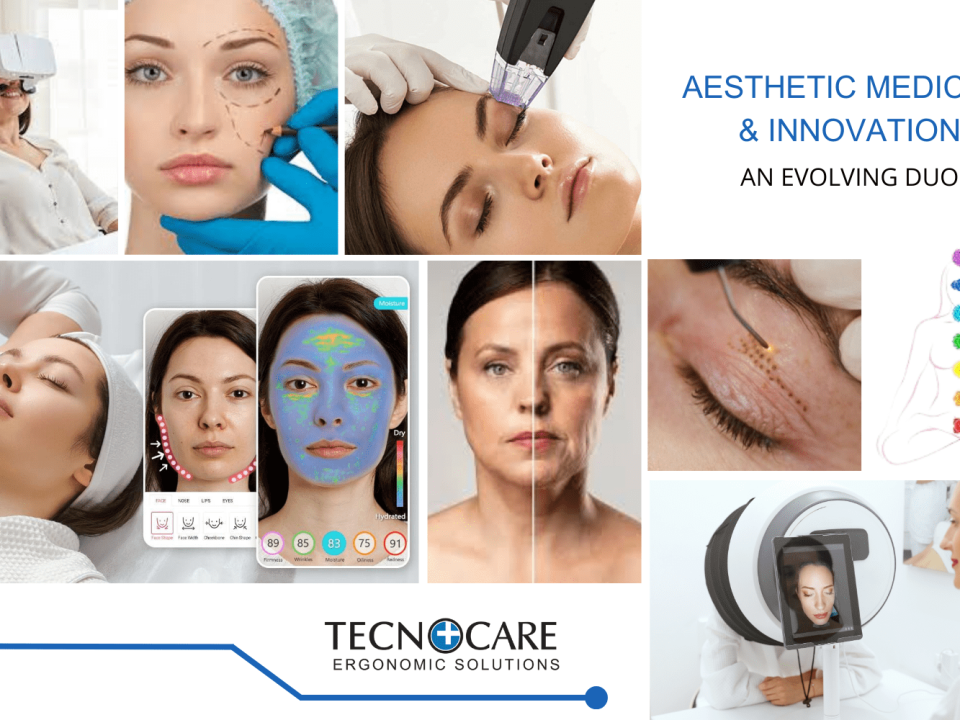Of all the aesthetic medicine procedures available, those to improve one’s face are certainly among the most popular.
Whether small touch-ups or more invasive procedures, a facelift is undoubtedly among the most desired treatments nowadays.
A type of treatment called “liquid facelift” has then become increasingly popular in this area lately. Let’s see in this article what its characteristics are and the differences with surgical-type facelifts.
What is the liquid facelift?
Liquid facelift is a non-surgical procedure that works on the face, particularly around the eyes, to counteract and eliminate signs of aging such as wrinkles and crow’s feet.
As the years go by, in fact, the elasticity of our skin tends to decrease, small wrinkles begin to form and we start to notice the first sagging on the face. In addition, very often skin dryness and loss of radiance gradually become more and more noticeable.
Liquid facelift consists of injecting dermal fillers (such as hyaluronic acid or botox, enriched with other stimulating substances) into the deteriorated areas to make the skin look younger and more elastic.
The compounds that are injected have the characteristic of reinvigorating and hydrating the deeper layers of the skin, as they can disperse more pervasively than other types of substances.
As we have said, the procedure is quick and minimally invasive and does not involve any convalescence, except for the caution to avoid using particularly aggressive substances in the area for a while.
Clearly, before carrying out such a procedure, it is necessary to undergo a preliminary interview to assess the type of procedure and avert any allergic incompatibilities to the products used.
Before the procedure then, the skin should be cleansed with an appropriate procedure, including a scrub.
This type of treatment is recommended for areas such as around the eyes and the eyelids, as well as on the forehead and around the lips, if we decide to use this procedure on our face.
The treatment will need to be repeated for an initial period of several months at intervals of about 15 days, to achieve an optimal and longer-lasting effect, which will maintain its benefits for about a year before needing to be repeated.
Liquid facelift and surgical facelift: the main differences
Unlike the liquid facelift, the surgical facelift is an actual procedure to be performed under anesthesia, in which the surgeon makes small incisions to separate the skin from the underlying tissues, stretching the areas that need it most and eliminating excess.
Thus, the first main difference is the invasiveness of the procedure: the liquid facelift, as mentioned earlier, is not a surgical treatment and involves only a series of injections.
Recovery times in this regard are also very different: the liquid facelift allows one to return to one’s normal activities almost immediately after the cosmetic procedure, while the surgical facelift takes longer to heal completely.
In addition, while the liquid facelift carries minor risks, requiring no incisions or anesthesia, the surgical facelift may involve some larger reactions and side effects, such as infection, scarring, and bruising, which should be thoroughly evaluated with the practitioner who will be performing the procedure.
Finally, a difference can be found in the types of results achieved and the underlying philosophy.
On the one hand, the liquid facelift allows for progressive results, with a preventive approach as well, aimed at avoiding the need for a surgical facelift in the future. The latter, on the other hand, allows for more significant and visible results in a shorter time, with the aim, therefore, to retrospectively restoring already more compromised situations.
The perfect setting for liquid facelift treatments
As we mentioned, the liquid facelift procedure is very simple and nonsurgical, which is why it can safely take place on an outpatient basis, usually without the need for anesthesia.
Avoiding the use of “generic” beds or chairs for the patients will make the experience much more comfortable and effective for both those undergoing treatments and the operators, ergonomically speaking but not only.
In fact, Tecnocare chairs have been specially developed in collaboration with a scientific committee of doctors and cosmetic surgeons who are specifically familiar with the needs of the industry, which, for example, in this area, include the need for optimal visibility and exposure of the face and neck area.
Then, in the case of treatments that require repetitions cadenced over time, the ability to memorize preferred positions for procedures will make them faster by conveying a greater sense of safety, care, and professionalism to patients.
For procedures such as liquid facelifts, the quality of the chair can really make a difference and allow patients to immediately identify the level at which a practice or practitioner’s service is placed.
Are you a practitioner? Check out our proposals and contact us for any information on the subject.
Those who want to learn more about this topic can read our previous article on which “touch-ups” are preferred by Italians. We invite you to follow our blog to stay up to date with news in our industry.




